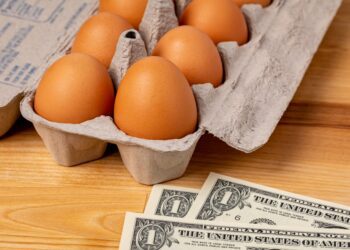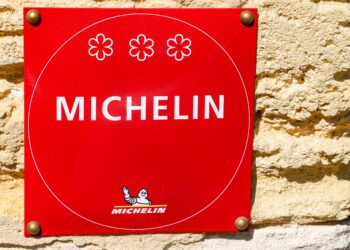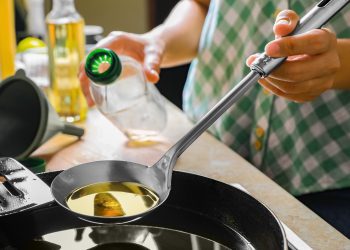Launched by a visionary CEO, the Pomodorino D’Oro awards celebrate the very best of Italian tomato farmers.
The musical nature of the Italian language has a way of making even the most basic grocery list sound enchanting. In a country enamored with good food created from the most simple ingredients, the tomato, or pomodoro, is among the most fundamental elements of Italian cuisine. In fact, the tomato is so interwoven into the local identity that, according to folklore, in 1889 a pizzaiolo presented Queen Margherita with a pizza made from ingredients representing the colors of the Italian flag —red tomatoes, white mozzarella, and green basil. Canned tomatoes (polpa), tomato puree (passata), and tomato paste (concentrato) are culinary staples you’ll find in nearly every Italian household, as important to home cooks as olive oil and salt. As such, it is only fitting that the country’s best tomato farmers are recognized for their commitment to this esteemed component of Italian cuisine.
A vision
Back in the mid-1990s, the Italian tomato industry was at a low point. Most companies had shifted toward commoditization, looking for the cheapest ways to source tomatoes rather than seeking out the best ones. Many bought tomatoes with little concern for their quality or flavor. In 1994, amid this race to the bottom, 25-year-old Francesco Mutti took over his family’s business.
Surrounded by an industry that see- med more interested in reducing costs than producing a delicious tasting can of tomatoes, Mutti took a decidedly different approach. Driven by his passion for tomatoes, he made the quality of raw ingredients and the flavor and aroma of the finished products his company’s top priorities. Investing in sourcing the best tomatoes available, then processing them in a way that preserved their fresh taste and vibrant color, was a move that could have put him out of business. Fortunately, it didn’t.
In many ways, Mutti took cues from Italy’s longstanding food artisans. He encouraged local farmers to look at growing tomatoes the same way cheesemakers approach the time-honored process of creating Parmigiano Reggiano—namely, that craftsmanship is not about efficiency; it is about passion for the work, and its end result.
Instead of paying less for tomatoes, Mutti chose to pay more for premium tomatoes, and he continues to do so today. To get the absolute best tomatoes, Mutti paid, on average, 10% over market value —and in some years, as high as 16%. Nowadays, one might use words like “disruptive,” “sustainable,” and “socially conscious” to describe those early decisions, which initially took a few years to gain traction. For Mutti, it was not simply about not caving in to low standards, but also staying true to the values of his family business. “Our tomatoes are a pipeline to a collaboration between the farmers and the factory,” he said. “I really want to push our farmers to always do better.”
The farmers
In a rolling landscape where the vines grow low to the ground, Mutti has perpetually aimed to reach higher standards. Among the patchwork of farms that surround his fabbrica, many of which are only about 3 to 5 hectares in size, local farmers display the Mutti banner as a point of pride.
In order to supply Mutti with toma- toes, farmers must adhere to strict, sustainable production guidelines which include crop rotation and water usage. Mutti worked with the World Wildlife Fund (WWF) to develop tools and processes to help farm partners reduce their water use. Beyond these green initiatives, his farms must also use 100% mechanical harvesting in order to ensure fair working conditions.
A popular misconception about Italian tomatoes is that they are all grown in southern Italy. However, the largest growing region is actually the area between Parma and the Adriatic Sea. Parma, the northern city known for its Parmigiano Reggiano and Prosciutto di Parma, is at the heart of what is known as Italy’s “Food Valley.” In this area, some 4,000 farms grow tomatoes; of those, less than 400 of them meet Mutti’s rigorous standards












